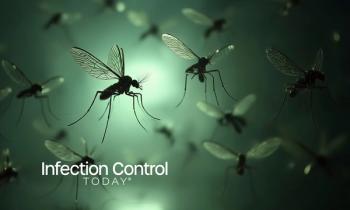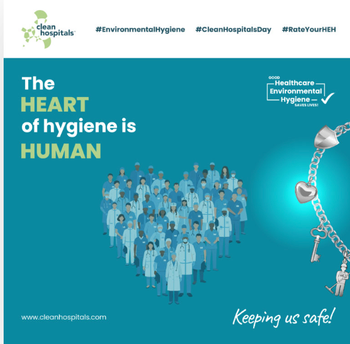
Most Patients Still Want Doctors to Wear White Coats
LONDON -- Doctors find their traditional white coats uncomfortable and a germ reservoir, but patients still prefer them to be worn, finds research in Postgraduate Medical Journal.
Researchers from the Royal Free Hospital in London surveyed 400 patients and 86 doctors from a mix of specialties and levels of seniority. Responses were received from all the doctors and 276 patients.
More than twice as many patients as doctors felt that white coats should be worn. The most common reason given for this preference was that white coats made doctors easy to spot. Only a fraction considered that white coats posed an infection risk.
White coat preference was strongest among patients aged 70 and older and among those whose doctors already wore them. Patients aged between 30 and 39 were least likely to prefer their doctors to wear a white coat.
Just 11 patients felt that the wearing of a white coat interfered with the doctor-patient relationship.
Only one in eight of the doctors surveyed actually wore a white coat. Seven out of 10 doctors felt that the coats spread infection while six out of 10 found them too hot and uncomfortable.
These sentiments were found across the grades and specialties of doctors surveyed. Although no doctor over the age of 48 was surveyed, older doctors were more likely to favor the traditional look, as were surgeons and gynecologists. Psychiatrists and pediatricians were the least likely to feel that white coats should be worn.
Half the doctors who felt that white coats should be worn, never wore them. Only seven doctors said they wore their coats every day.
The authors point out that several other groups of healthcare workers wear white coats, so that these may not be the best form of identification.
But they suggest that the days of the white coat may not be over. In the United States, white coat "robing ceremonies" are common, while in Australia, there seems to be a movement towards re-discovering the white coat as a symbol of purpose and pride as a profession.
To view the paper, visit http://press.psprings.co.uk/pgmj/may/284_pj17483.pdf
Source: British Medical Journal
Newsletter
Stay prepared and protected with Infection Control Today's newsletter, delivering essential updates, best practices, and expert insights for infection preventionists.





